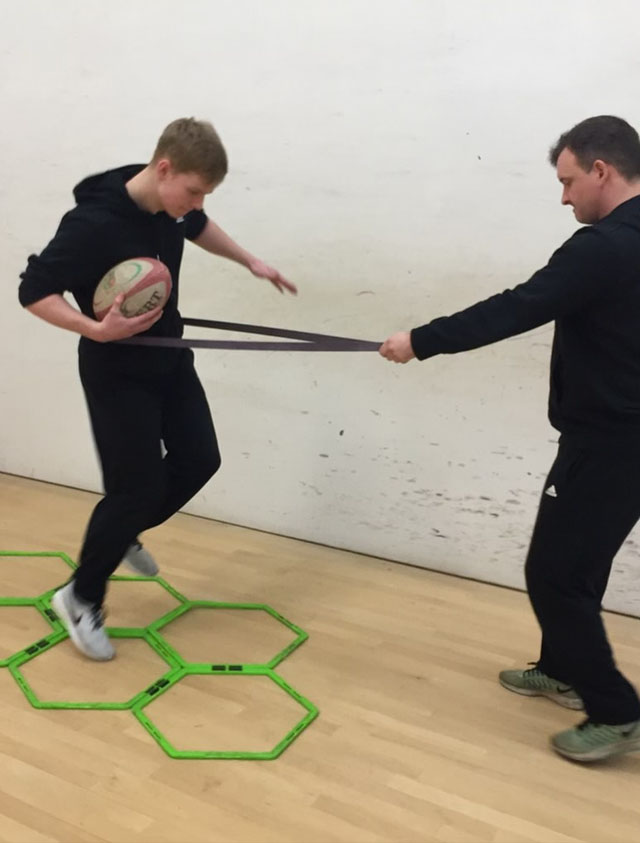We have just come back from a week of helping another great equipment company get the most from their new and exciting range.
So this is a perfect opportunity to talk about why we’re different and our philosophy , and why we’re able to help anyone make the most of their kit.
We train the body.
Quite a simple statement , but many training courses will focus on moving the tool. Apply the correct technique and you can move the tool in this perfect path. The better you get at this technique, the more skilful you become, the more easily the tool will move, and you can move onto heavier tools (and look more impressive in the process). But is there any point to this? The most obvious example, without highlighting more specific equipment, is Olympic lifting using a barbell.
A clean is a fairly technical movement, designed to improve power in the triple extension pattern, thought to be important in running.
In the early phases of learning the movement, the weight is not that challenging in most aspects, and is relative to what an athlete could squat or deadlift. However, being able to move the bar correctly requires time and effort. Only once the skill is well developed can enough weight be added to truly challenge the body and gain the effect being sought.
We ask, what are we trying to achieve, greater strength in triple extension? How can we achieve this? As it turns out, recent research suggests using a hex bar movement can be just as effective. With this in mind, we would choose the hex bar over the Olympic bar to develop or realise this goal(1,2).
Another frequent use for an Olympic bar would be the bench press, used to increase strength and primarily develop chest muscles, shoulders and triceps.
We start the other way! What function of the chest and upper body are you looking for? Could they be better served with a heavy eccentric load, so using a tool that uses speed and angle to provide resistance? Would the angle of dips be more relevant than lying flat supported by a bench? Can we create variables there to improve the range at the joint that may be more relevant to the context in which it’s required?
Moving an object quickly away from the body (if you haven’t tried it imagine a standing chest flye) can be very effective. You can use a dumbbell, cable, or some type of bag. The point is, decide what the requirement is first, what body part and what function you require, then use the appropriate tool for the job.
We call it ruling the tool and if you want to find out more check out the education workshops and online support from www.fasterglobal.com
1) Jump Training in Rugby Union Players: Barbell or Hexagonal Bar?
Weakley JJS, et al. J Strength Cond Res. 2018.
2) An Examination of Muscle Activation and Power Characteristics While Performing the Deadlift Exercise With Straight and Hexagonal Barbells.
Camara KD, et al. J Strength Cond Res. 2016.





